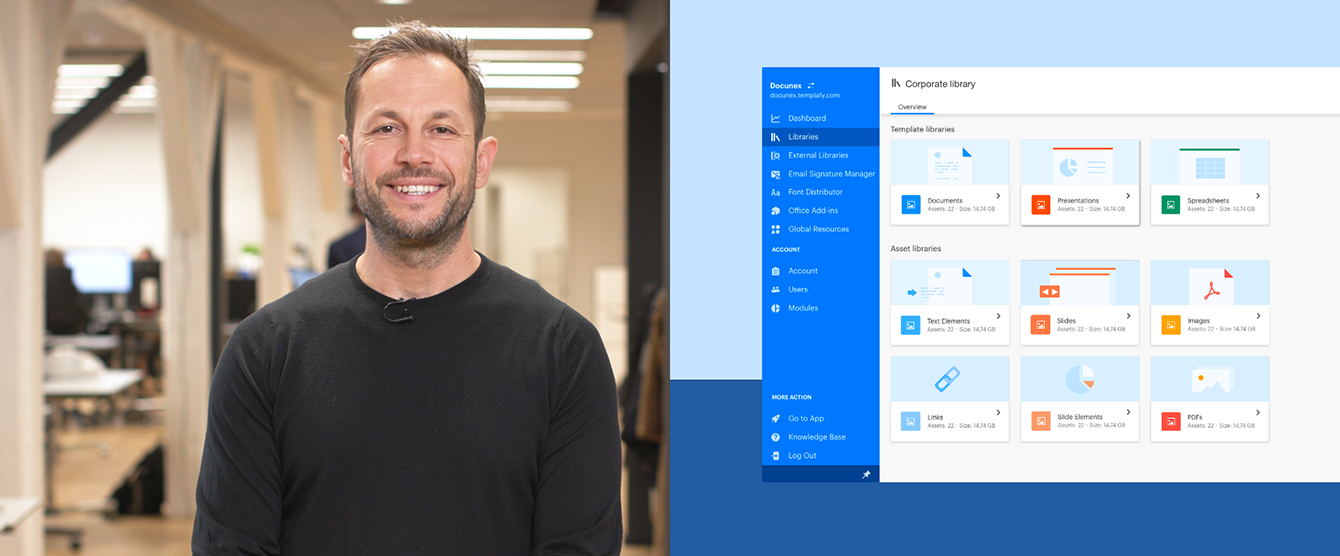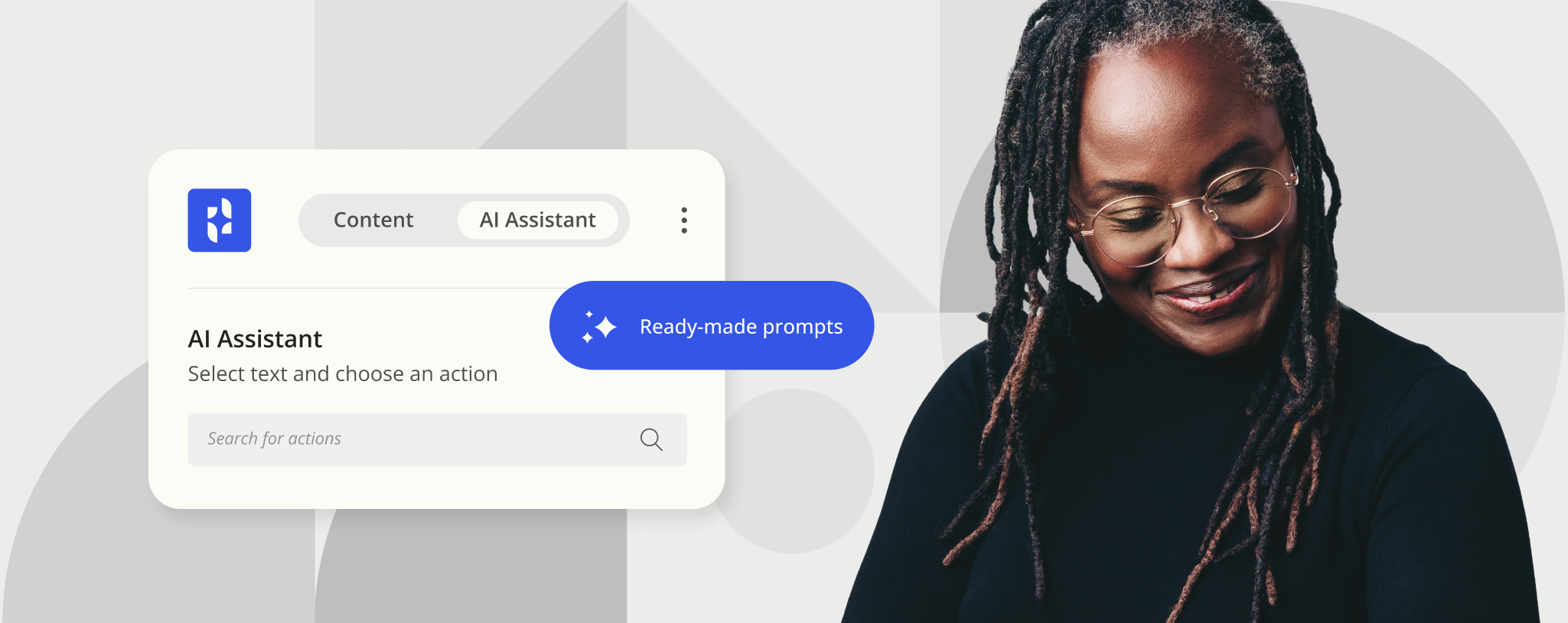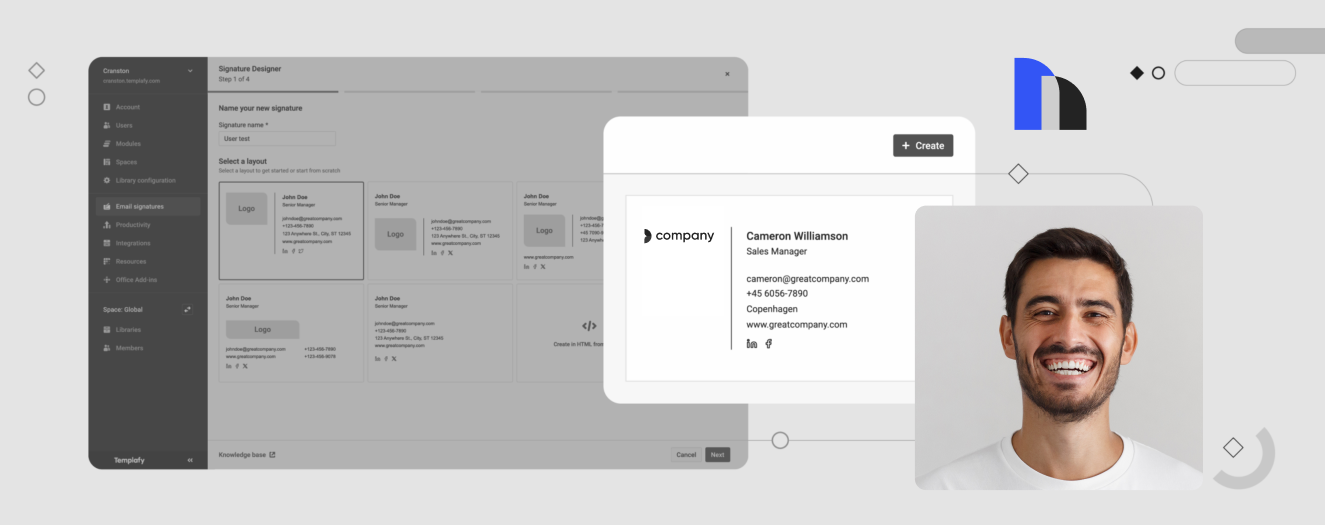New developments and releases coming in 2020

What does Templafy do?
Templafy is a template management and document automation platform. It ensures every document a user produces meets the latest company standards in brand and legal compliance. Templafy adds productivity to document creation, so that users can work much faster.
To support our customers and end-users, we focus on the document creation workflow. We look at the user workflow in three stages: Access, Build and Check. Encompassed in these steps is the end-user’s journey of creating a document – from the time they open a new document to the delivery of the completed and auto-checked document. Finally, the fourth step, Track, helps the company follow the document’s lifecycle through data, helping them to understand their document workflows better.
What is Templafy’s document creation workflow?
Step 1: Access
Access to the right document materials at the right time, right where you work and independent of where you start your document creation.
Step 2: Build
We automate and help compilation and assembly of the document so that it is done a lot faster and is automatically compliant.
Step 3: Check
We check document compliance both as you create your documents, and as you reuse them at a later point in time. This ensures that the document standards are always upheld.
Step 4: Track
We track what happens with documents in order to bring home actionable data, both to users and businesses afterward.
What’s coming in 2020?
In 2020, we’re developing the document creation workflow even more. We’ll see advances in document data tracking with the ability to follow documents after production. And for all the Templafy Admin users, we’ll be unveiling a brand-new User Interface.
We’re enhancing the user’s document creation journey by better understanding who the user is, what they’re looking to access, and present that to them through a more intuitive discovery experience.
Additionally, we are adding even more automation to the build workflow through integrations. We’re creating deeper connections between current company systems that store content and connecting that to your documents and end-user document creation workflow. So wherever content is stored, we can bring that directly to your documents.



